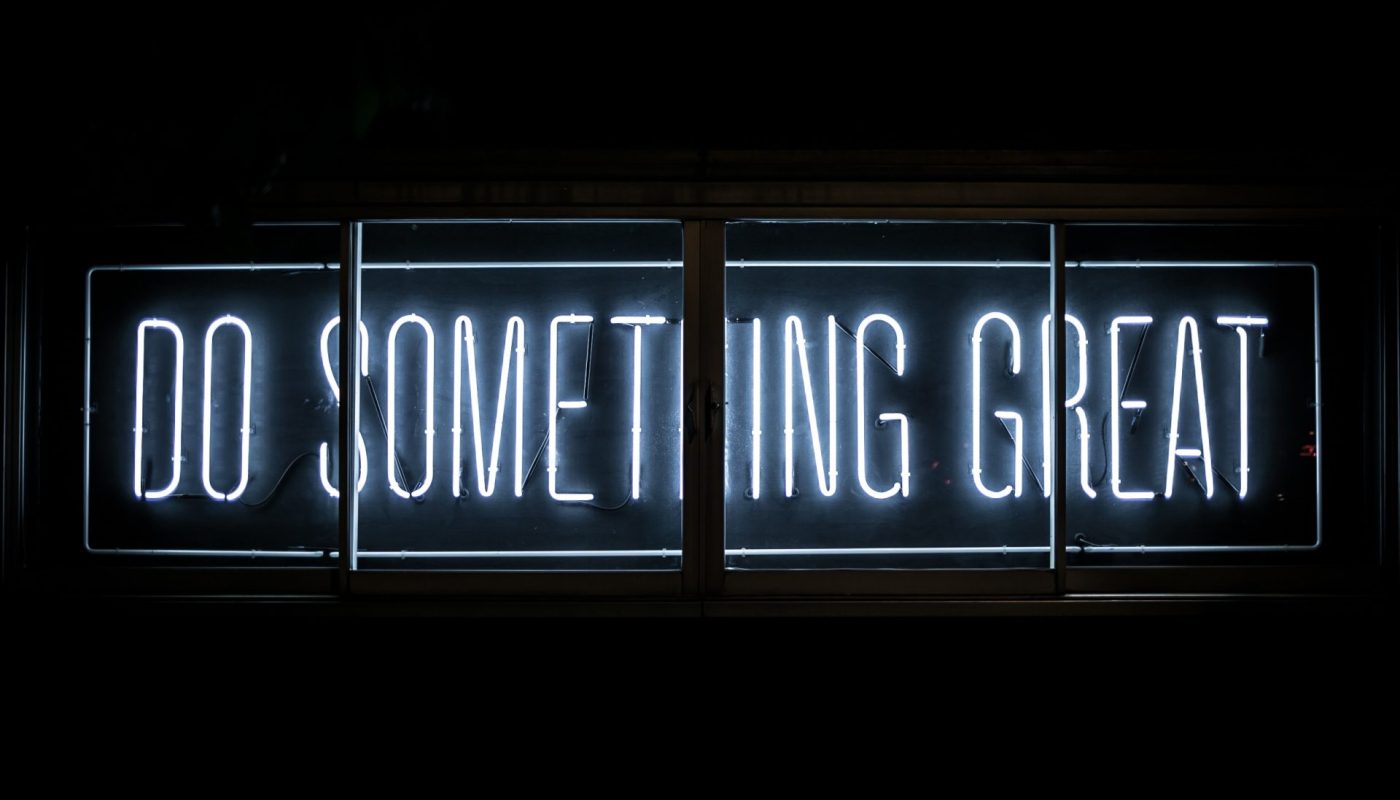Escape rooms are being used by leading businesses and educational organizations for other reasons than just plain fun. From PreK-12 school teachers to med school, from banks to art museums, and even by tech giants like Google. But why?
They’ve all probably seen the potential of escape rooms to develop 21st century skills and increase engagement. According to the World Economic Forum, 21st century skills are the sum of skills, abilities, and competences that have been identified by educators, business leaders, academics, and policy makers as being required for success in the rapidly changing and digital society of the 21st century. The core competencies identified, called the Four C’s of 21st century learning, are: Collaboration, Communication, Critical thinking, Creativity.
Perhaps this is the answer to the why question above. Because it’s precisely these 21st century skills which are required, trained, or put to the test in an escape room. Following are some examples escape rooms used in other contexts.
Escape Rooms and Recruitment
 In the Netherlands, the bank ABN AMRO, is using a mobile escape room, called UNIGMA, to recruit new staff. In this experience, two participants must work together to solve different challenges in a high-energy, 10-minute game. The challenges are based on the acclaimed Myers-Briggs Type Indicator (MBTI) method, a very common psychological test being used for recruitment purposes. During the game, the participants are tested for four qualities: spatial awareness, logic, sensory awareness and teamwork. As Teressa van Berckelaer of ABN AMRO Recruitment explains: “No longer do we simply look at the best academic performances: more than that, we’re looking at newcomers who possess the right mentality, who are ambitious and proactive and who are focused on their development.’
In the Netherlands, the bank ABN AMRO, is using a mobile escape room, called UNIGMA, to recruit new staff. In this experience, two participants must work together to solve different challenges in a high-energy, 10-minute game. The challenges are based on the acclaimed Myers-Briggs Type Indicator (MBTI) method, a very common psychological test being used for recruitment purposes. During the game, the participants are tested for four qualities: spatial awareness, logic, sensory awareness and teamwork. As Teressa van Berckelaer of ABN AMRO Recruitment explains: “No longer do we simply look at the best academic performances: more than that, we’re looking at newcomers who possess the right mentality, who are ambitious and proactive and who are focused on their development.’
In Latin America, PepsiCo has used escape rooms as part of their recruitment process in Peru and Guatemala. In Guatemala, they partnered with Escape Quest GT who modified one of their existing escape rooms with a specific story related with one of Pepsico’s branded products. Some of the décor was adapted to fit their story, and other elements from the organization were incorporated into the custom-designed challenges. The job candidates were evaluated during a 30-min game to see not only how they performed in the tasks – regarding their critical thinking skills and creativity -, but also how they performed under pressure in a team environment – in terms of their leadership, communication and collaboration skills. “The observations helped make the decision of who to hire,” said Talent Acquisition Coordinator, Marcella Ortiz. “Beyond the tasks being solved or not, we could really see who the team players were, who appreciated different perspectives, and who communicated well, skills that are very valuable for us at the workplace” she added.
Escape rooms in the classrooms
The interactive format and team-based problem solving has made escape rooms popular in the classrooms as well. Their approach can excite learners and develop their skills, teaching students content through immersive, engaging play.
That’s exactly what Charles Kazilek, CTO at Arizona State University and developer of Science Detectives: Training Room Escape, a click-through online escape room for preK-12 learners, thinks. In an interview with the The Atlantic, Kazilek said “Instead of the typical lecture, we wanted the student to have fun playing a game that just so happens to require using the Scientific Method to succeed.“ He says that one of their students commented, ‘It’s okay to trick us into learning.’ “And these types of games have the ability to do just that,” he said.

Another leader in educational escape rooms is BreakoutEDU. They offer hundreds of learning activities that are presented in the style of a DIY escape room game, complete with a backstory and a series of academically aligned challenges that students must solve by working together. Their subscription-based platform has games on more than 700 academic topics, ranging from History to Science, from Math, physics, and chemistry to Spanish and French, and it’s being used by thousands of teachers world-wide. For elementary teacher Donnie Piercey, who teaches fifth grade at a school in Kentucky “the biggest thing students get out when I use a Breakout EDU in class, is learning how to work well with others. For many students, this is the first time they’ve had to think critically, work with others, and listen to others. And I’ve found this is where many students realize they have leadership abilities that they didn’t know they had.”
At university level, an interesting example of the use of escape rooms for student training is reported in a study published in the Journal of Surgical Education. The objective of the study was to assess the impact of a Vascular Surgery-themed Escape Room on medical students motivation, satisfaction, and engagement in CanMEDS roles. The results stated in the study showed the educational potential for escape rooms in medical training.
Escape rooms and relationships?
The Washington Post published an interesting article titled: What escape rooms can teach you about your relationships. In the article, Laurel House, a Los Angeles-based dating coach, says that escape rooms require understanding of the other’s nonverbal cues or weaknesses, essential factors to helping each other. And as you get to know each other, they can also help deepen a relationship. In fact, she often suggests escape rooms as a fifth date because it lets the two people see how they respond to stress, leadership positions, or how they handle each other’s fears, fails or successes. Another interviewee said that escape rooms used for dating can also alert you to more dire warning signs — like if you see that someone is going to throw something against the wall. You see how they handle objects, frustration and communication.
Other uses of escape rooms

Google had Sherlocked, a leading company in escape room design, create Google Backstage in Amsterdam, which was an experience for Google’s customers to learn more about its services in a playful way. For example, they built a Google maps room where you could help Google find the best routes in Amsterdam, a YouTube ball game were the players had to find the best video recommendations, and a Google Search room where you could help Google to find all the answers to questions from the users. All the services of Google were represented in the experience.
From a marketing perspective, there are many examples of strategic use of escape rooms to launch products or brands. In 2017, Warner Brothers used several escape rooms world-wide to launch their new Tomb Raider movie. Also museums, such as the Art Museum on Arizona State University’s (ASU) campus, or the Museum of Norwich in which their heritage interpretation experts have teamed up with curators and collections to create, not just an exciting game, but one that is historically accurate.
As the world rapidly changes and we all try frantically to adapt or come-up with more effective and fun approaches to learning, training or choosing the right people to do the job, I’m pretty sure we’ll be seeing more of escape rooms and gamification permeating all industries.
What do you think?



